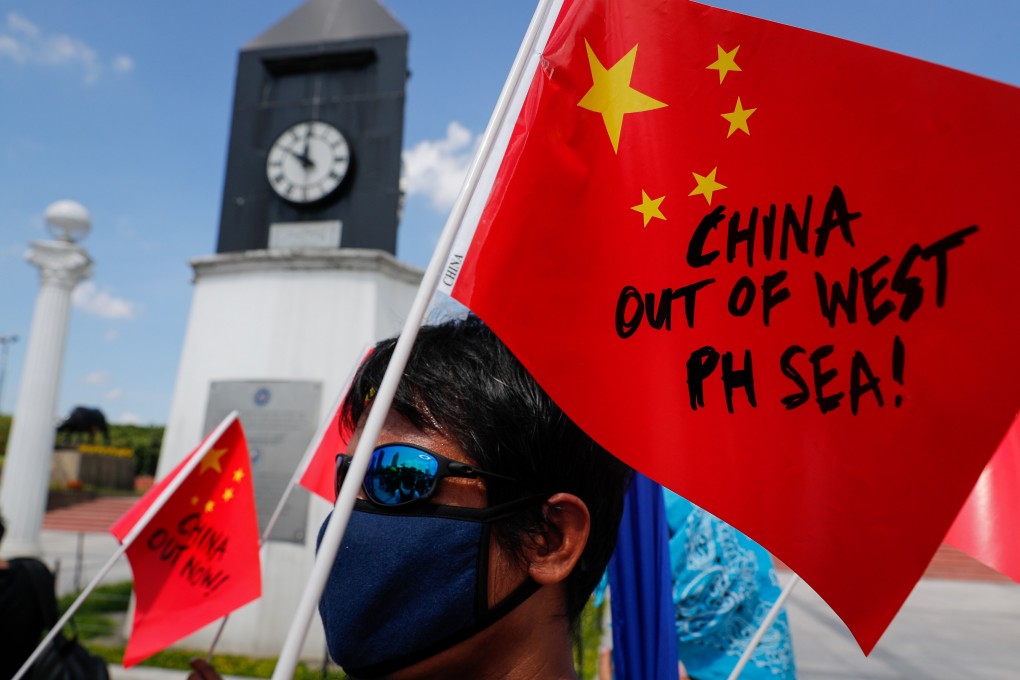Advertisement
South China Sea: Philippine navy chief warns of Chinese ‘provocation’
- Vice-Admiral Giovanni Bacordo calls for diplomatic protest against presence of two Chinese research ships near the disputed energy-rich Reed Bank
- Chinese navy has been trying to provoke its Philippine counterparts into firing ‘the first shot’, he says
Reading Time:4 minutes
Why you can trust SCMP

The Philippine navy chief has called for a diplomatic protest to be filed against the presence of two Chinese research ships in a disputed area of the South China Sea.
Vice-Admiral Giovanni Bacordo told the Foreign Correspondents Association of the Philippines on Monday the Chinese vessels had been near the Reed Bank for “about a week already” and that due to their speed of “about three knots” the navy had concluded they were “conducting surveys”.
“We have reported this [to the Armed Forces Chief and the Department of National Defence] already … and request the filing of a diplomatic protest,” said Bacordo, 55.
Advertisement
“We have checked if they have clearance to be there. We found out there is none.”
The Reed Bank is a contested, energy-rich area of the South China Sea that the Philippines claims as being within its exclusive economic zone (EEZ) – a claim that was backed up by the Permanent Court of Arbitration in The Hague in 2016. However, China continues to dispute economic rights to the area, which lies 85 nautical miles from the Philippines’ Palawan Island and 595 nautical miles from the coast of China’s Hainan province. Talks aimed at breaking the impasse over a joint oil and gas exploration deal are stalled.

01:05
‘China has the arms, we do not’, Duterte rules out confronting Beijing in the South China Sea
‘China has the arms, we do not’, Duterte rules out confronting Beijing in the South China Sea
Bacordo’s call came a day after the Philippine Foreign Secretary Teodoro Locsin Jnr said that “as far as I know we’ve stopped all marine surveys by foreign ships because, while they follow the rule that [any survey] must contain Filipino scientific crew...[our crews are treated] like mushrooms: fed on [muck] and kept in the dark.”
Advertisement
Select Voice
Choose your listening speed
Get through articles 2x faster
1.25x
250 WPM
Slow
Average
Fast
1.25x